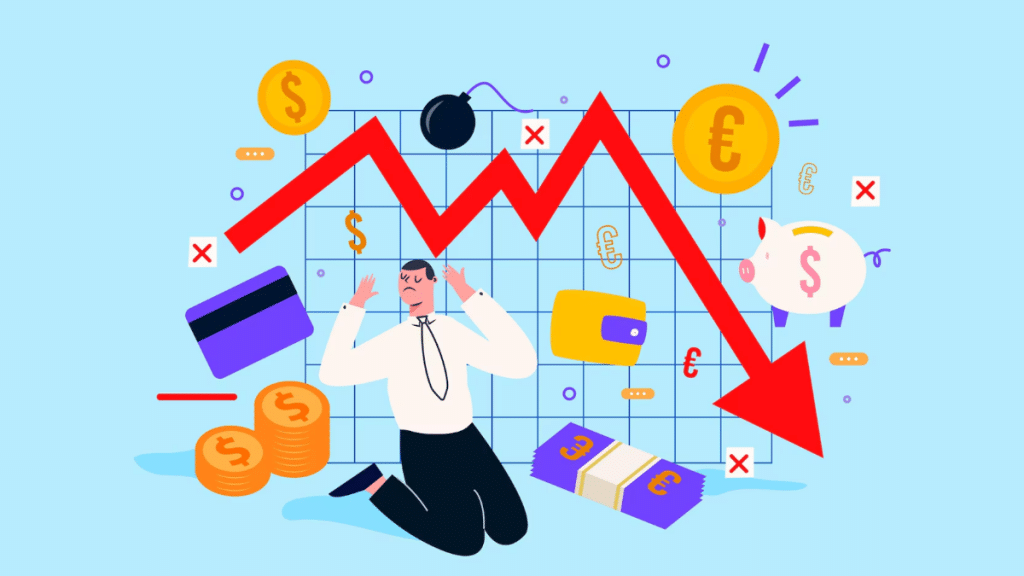In business accounting, the value of fixed assets plays a key role in managing financial records. Fixed assets like machinery, buildings, and vehicles typically decrease in value over time due to wear and use. This decline is accounted for through a process known as depreciation. However, not all assets are subject to depreciation. Some items, such as land, art, and investments, are considered non-depreciable and do not follow the same accounting treatment. This article will discuss how depreciation works for fixed assets and highlight the rules regarding non-depreciable assets.
Understanding Non-Depreciable Assets
Non-depreciable assets are fixed assets that cannot be depreciated over time because they either retain their value or are appreciated. Depreciation is used to spread the cost of an asset over its useful life, but in the case of non-depreciable assets, this process does not apply. To maintain accurate financial records, businesses must know which assets cannot be depreciated.
A key characteristic of non-depreciable assets is that they are often considered long-term holdings. These assets are usually recorded on financial statements at their original cost, and their value remains unchanged unless they are sold or impaired. It is essential for businesses to recognize non-depreciable assets accurately, as this impacts their financial statements and overall asset management.
For example, certain types of intellectual property, such as trademarks or brand names with indefinite useful lives, may fall under the non-depreciable category. These assets can provide ongoing value to a business without experiencing the same decline as tangible fixed assets. Understanding the nature of non-depreciable assets is critical for maintaining accurate financial records and guaranteeing compliance with accounting standards.
Key Categories of Non-Depreciable Assets
Certain categories of assets do not qualify for depreciation because they do not experience a loss of value over time. Understanding these categories helps businesses properly classify their assets for accounting purposes.
Land
Land is one of the most common examples of a non-depreciable asset. The reason is simple: land does not deteriorate like buildings or equipment. Its value may fluctuate based on factors like location, development, or market conditions, but it does not experience wear and tear that would justify depreciation. Land is recorded on the balance sheet at its original cost and remains there unless sold or its value becomes impaired.
Art and Collectibles
Art pieces, antiques, and collectibles also fall into the non-depreciable category. These items often appreciate in value and are considered assets that hold long-term worth. Unlike equipment or furniture, art does not have a finite useful life. Instead, the value of such items may increase with time, making them unsuitable candidates for depreciation. Businesses that invest in art or collectibles should recognize these assets at their purchase cost without applying any depreciation expense.
Investments
Financial investments, such as stocks, bonds, and mutual funds, are also non-depreciable. These assets do not lose value due to usage or time. Instead, their value is influenced by market factors, and they can appreciate depending on economic conditions. Investments are treated differently from fixed assets used in business operations and are not depreciated. Depending on the accounting method used, they are usually recorded at fair market value or historical cost.
Intangible Assets
Certain intangible assets, such as trademarks and goodwill, can also be considered non-depreciable if not subject to amortization. While many intangible assets are amortized over their useful lives, some items with an indefinite useful life, such as certain types of goodwill, are not depreciated. Instead, they are tested for impairment annually.
Non-depreciable assets play an important role in a business’s financial management, and it is crucial to differentiate them from depreciable assets. These assets are recorded on financial statements at their purchase cost, and their value remains static unless sold or impaired. Properly identifying and classifying non-depreciable assets guarantees that financial records remain accurate and reflect the business’s real assets.

Depreciable vs. Non-Depreciable Assets
When handling business assets, it is essential to understand the differences between depreciable and assets that cannot be depreciated. This distinction affects how businesses record asset value on their financial statements and whether they apply depreciation. Depreciation allows companies to spread the cost of an asset over its useful life, reducing the taxable income over time. Non-depreciable assets, on the other hand, do not experience this kind of reduction in value.
The table below highlights the key differences between depreciable and non-depreciable assets:
| Depreciable Assets | Non-Depreciable Assets |
| Lose value over time due to wear and tear | Do not lose value over time |
| Subject to depreciation | Not subject to depreciation |
| Examples: machinery, buildings, vehicles | Examples: land, investments, artwork |
| Have a finite, useful life | May appreciate or hold value indefinitely |
Depreciable assets include items that are used in the daily operations of a business and naturally wear out over time. In contrast, non-depreciable assets retain or increase their value. Businesses that own non-depreciable assets record them at their historical cost, and their value remains constant unless there is an impairment or sale.
The distinction between depreciable and non-depreciable assets is important for accurate financial reporting. Depreciable assets, such as machinery and buildings, lose value over time and require depreciation to reflect this decline in financial statements. Non-depreciable assets like land, art, and investments do not undergo this process since their value either remains stable or appreciates. Understanding which assets can be depreciated helps businesses manage their finances and keep their accounting records accurate.
